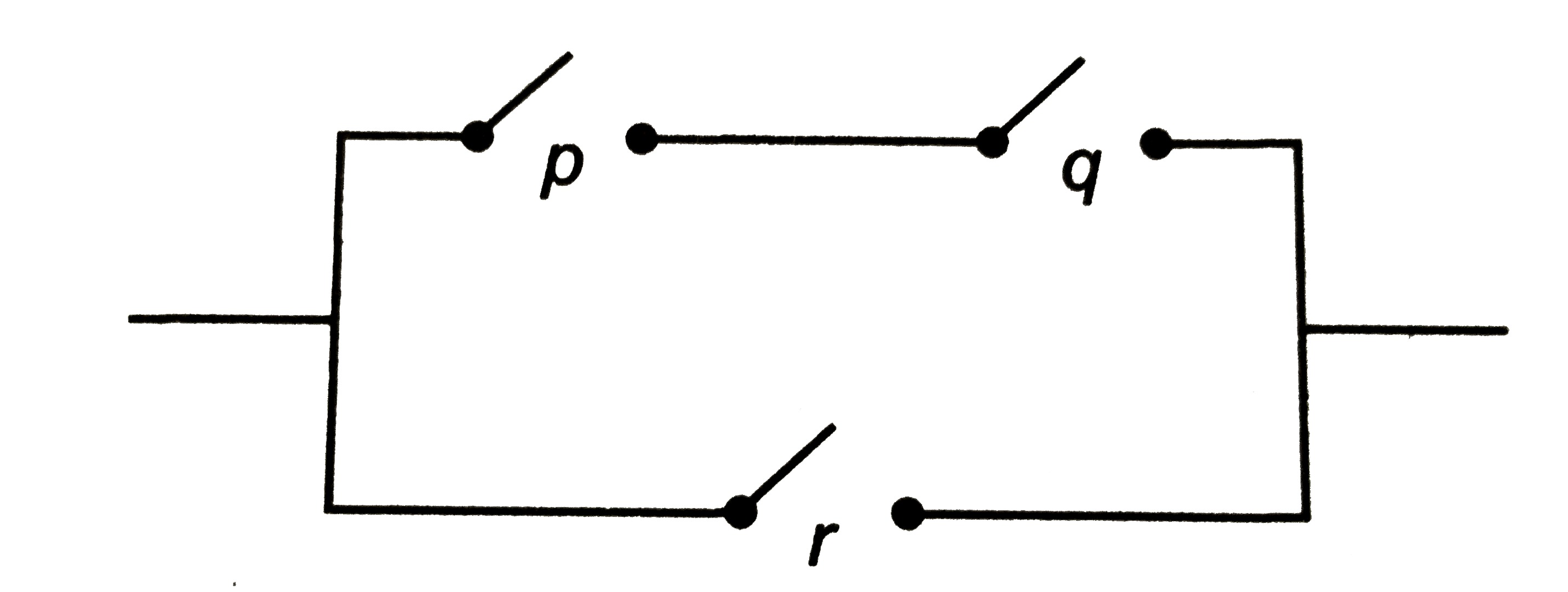Assertion : In a purely inductive or capacitive circuit, the current is referred to as wattless currents.
Reason : No power is dissipated in a purely inductive or capacitive circuit even though a current is flowing in the circuit.
A
If both assertion ans reason are true ans reaason is the correct explanation of assertion.
B
If both assertion and reason are true but reason is not the correct explanation of assertion.
C
If assertion istrue but reason is false.
D
If both assertion and reason are false.
Video Solution
Text Solution
The correct Answer is:A
In a purely inductive or capacitive circuit, power factor, cosϕ=0 and no power is dissipated even though a current to as wattless current.
|
Updated on:21/07/2023
Topper's Solved these Questions
Similar Questions
Knowledge Check
- Question 1 - Select One
In a purely capacitive circuit, the current
Alead the applied emf by π/2Blags behind of applied emf by π/2Cin same phase of applied emfDnone of these - Question 2 - Select One
In a purely capacitive ac circuit, the value of current is:
Aimsin(ωt+π4)Bimcos(ωt+π2)Cimsin(ωt+π2)Dimcos(ωt+π4) - Question 3 - Select One
In a purely inductive circuit, the current is
Ain phase with the voltageBout of phase with the voltageCleads the voltage by π/2Dlags behind the voltage by π/2
Assertion : No power loss associated with pure capacitor in ac circuit.
Reason : No current is flowing in this circuit.View SolutionPower dissipated in pure inductance will be-
View SolutionIn a purely resistive ac circuit, the current
View SolutionDuring short-circuiting, the current flowing in the electrical circuit
View SolutionIn which of the circuit the current will flow ?
View Solution


